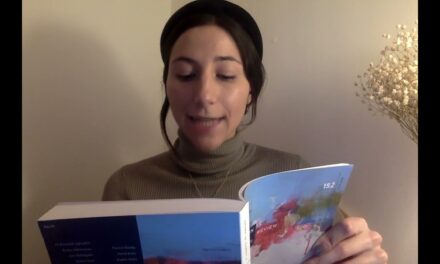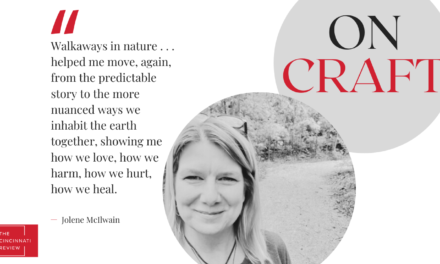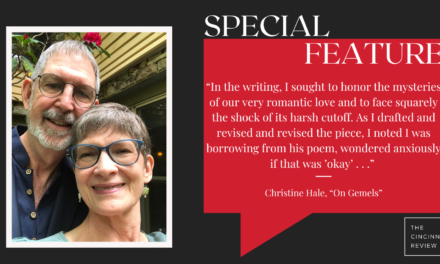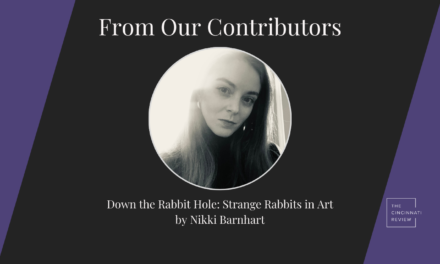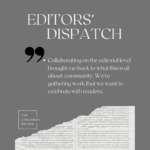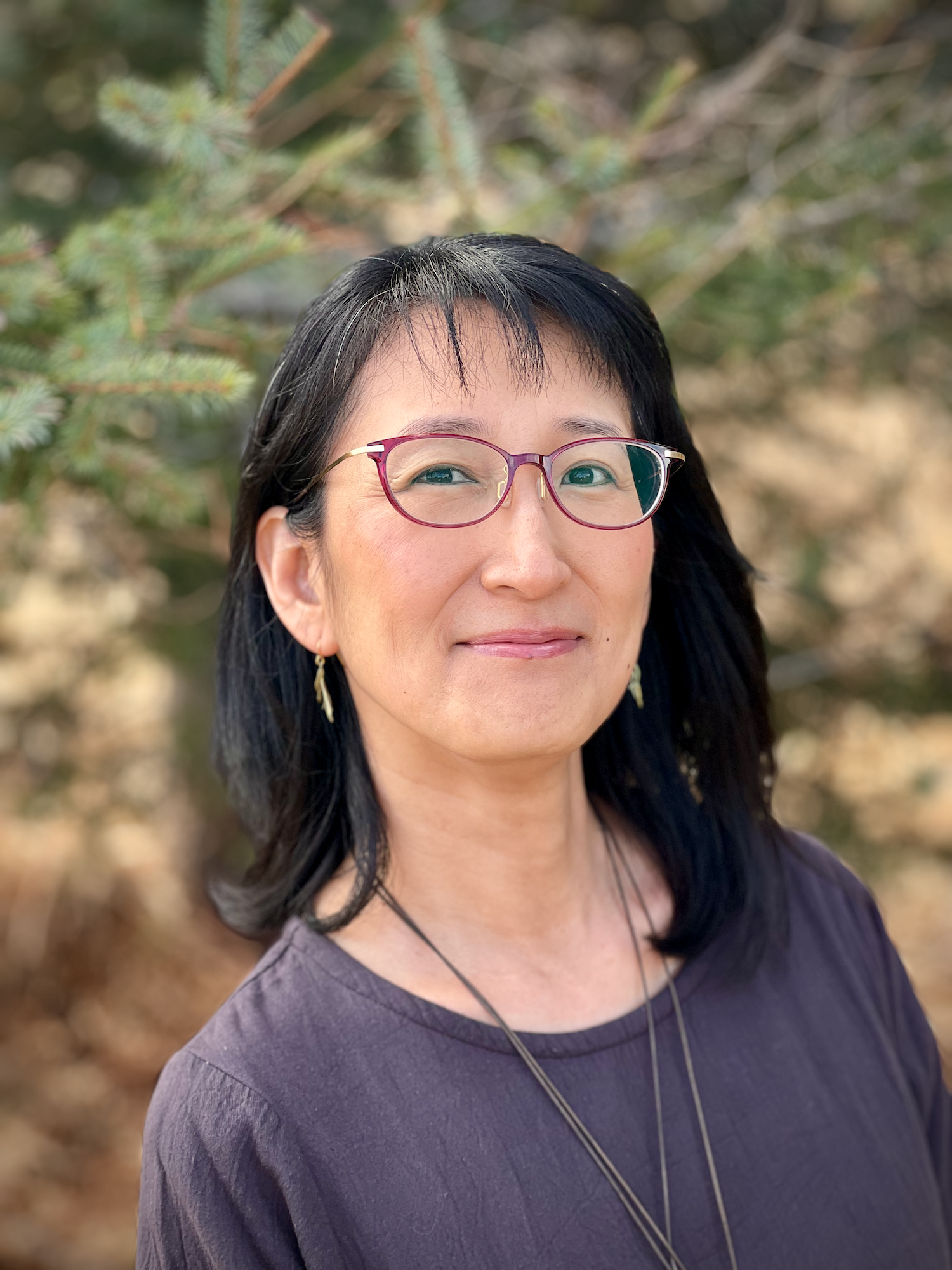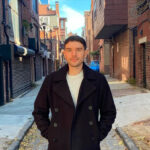You know how when you’re not sure what to order for lunch you throw a dart at the menu? No? Really? Just us? Okay, then you know when you aren’t sure how to stop your mother-in-law from buying you t-shirts with cute critters on them (because six is enough) you send a letter to Ann Landers? Or when you need an interpretation of your latest naked-at-your-AWP-panel dream you Ask Jeeves?
Well it turns out that our resourceful contributors, who are always teaching us newfangled things, have a way of finding answers on their own. It’s sort of like how, when you can’t remember the spelling of a word, you write it out various ways, trading an a for e here, inserting a double letter there, working through the possibilities. Lucky for us, our contributors’ strategy for working out their questions is more reliable than our methods—and no one gets hit by a stray dart.
Mark Belair: The poems “Listeners” and “Taking Refuge” were prompted by small found moments that gave me a feeling of oasis in New York City. Concerning “Listeners,” I was walking late at night by some sidewalk cafes about to close, and the intense attention that clusters of listeners brought to their speakers made their silence and the night sky suddenly seem a benevolent shelter. “Taking Refuge,” by contrast, is set in the oasis of a bedroom inhabited by a couple taking shelter with each other, the city outside reduced to traces of light on the window blinds. Many of my poems begin with such snapshot moments, ones that catch my attention because they create a vague, puzzling feeling of latent meaning that I try to decipher by writing about it.
Emily Hipchen: “I just hit things,” my friend said, “hard. Like in football. And for a split second I could think.” He took a sip of beer, I frowned. “Look,” he said. “It’s a cognitive disorder. This is what we had to do: my son’s teachers thought that children needed to sit still to take tests. My son needs to throw himself on the floor. Over and over.”
This is where “Boy into Polished Concrete” came from—my trying to understand what that must be like for my friend and his son—but more generally what the relationship is between knowledge and the floor, and the motion of falling to the floor, and the point in that gesture at which knowledge becomes accessible, and why that place? It’s not like I got answers over the raft of revisions I did (the only original line is the title). I just had the questions, and this picture in my head of the boy, his fat pencil, the test, the floor; his father, his mother; the way the noise in his head must be like watching a badly tuned television. The way my father used to pound the side of ours to fix it, which did fix it, most of the time.
Martha Silano: In his 1911 “Lecture on Radium,” Loie Fuller shares his belief that there are two kinds of magic—one type created by man, and the other a result of natural causes. Radium, he states, is this latter kind of magic, “nature’s magic.” I was thinking a lot about nature’s magic when I sat down to write “Ode to Mystery” in the fall of 2011. In looking back at the first draft I’m surprised by how much I ended up cutting, including how life managed to evolve from unicellular blue-green algae to the mythical monstrosity known as a blue whale. But in lamenting what I left out, I realize this is a poem that really could have gone on forever—that the wonders of our planet and its species are endless. Hopefully you’ll agree that my decision to stop at 36 couplets was a good one.




